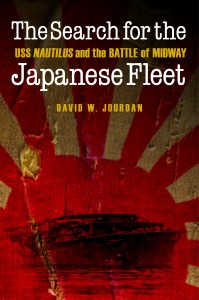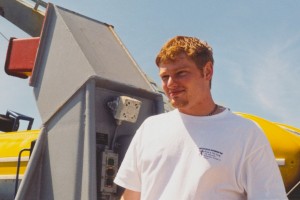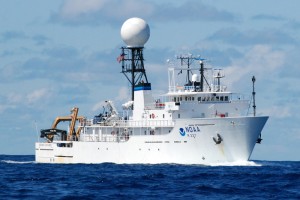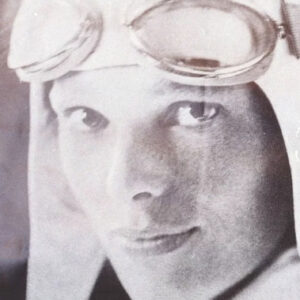
The Search for the Japanese Fleet is a project to commemorate the brave sailors and airmen who fought at the Battle of Midway. The turning point of the war in the Pacific, the battle took place in June of 1942, and saw four aircraft carriers of the Imperial Japanese Fleet sent to the bottom.
In May and September of 1999, Nauticos teamed with the U.S. Naval Oceanographic Office to search for the IJN Kaga, one of the four Japanese carriers. Evidence of wreckage from the great ship was located at a depth of 17,200 feet on September 11, 1999. For more information on the search and discovery of this fleet, see The Battle of Midway on the Nauticos website.
During the May expedition, with permission from the U.S. Navy, SeaWord arranged for two college students to go to sea with the team. One student (Grant Ingram) was a film major from New Orleans and the other student was an archaeology student (Joe Tedeger) from the University of Hawaii. The interns stood watches, participated in launch and recovery operations, and in general worked as an integrated part of the operations team.
Coming in March, 2015, Nauticos again plans a teaming arrangement, this time with NOAA. The research vessel Okeanus Explorer will be mapping the marine sanctuary off the Hawaiian Island chain, and will be able to spend a few days working on the Midway site. Our plan is to conduct geological mapping of new areas using a multi-beam sonar, and to use a remotely operated vehicle (ROV) with high-definition cameras to image sonar contacts found in 1999. All Nauticos and SeaWord activities will take place via telepresence from NOAA command centers in Rhode Island and Maryland. An education team will participate and conduct an outreach program though Nauticos, SeaWord, NOAA and NASA websites.
With your help, SeaWord can sponsor a teacher or student on the next mission.
Tax-deductible donations may be directed to:
SeaWord Foundation
6 Marshall Point Rd.
Kennebunkport, ME 04046
or, by clicking below.
Thank you for your donation to SeaWord Foundation.
Your generous contribution will promote education and scientific discovery opportunities in the world’s seas and oceans.



